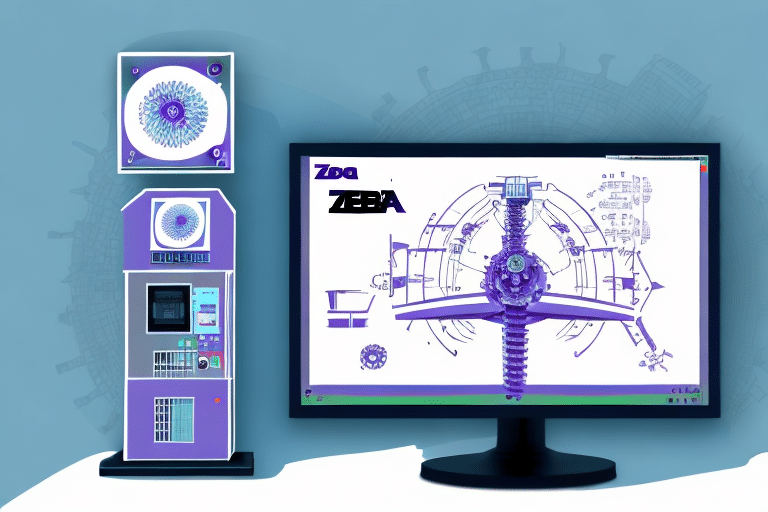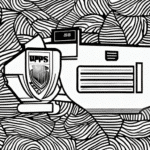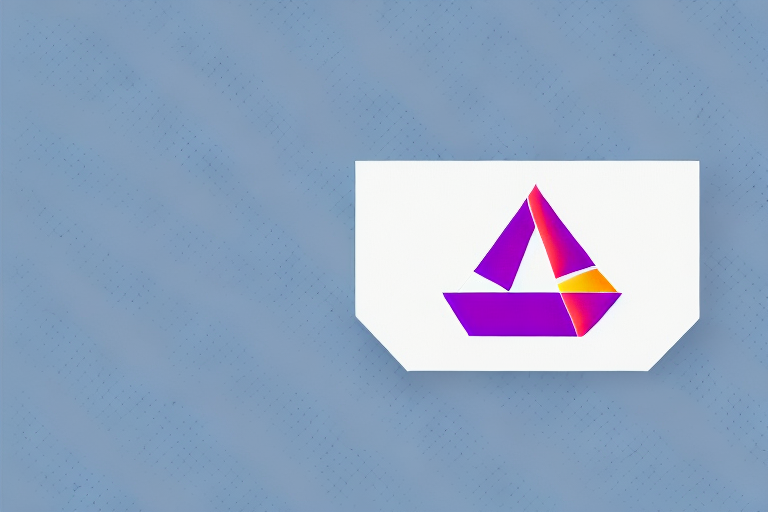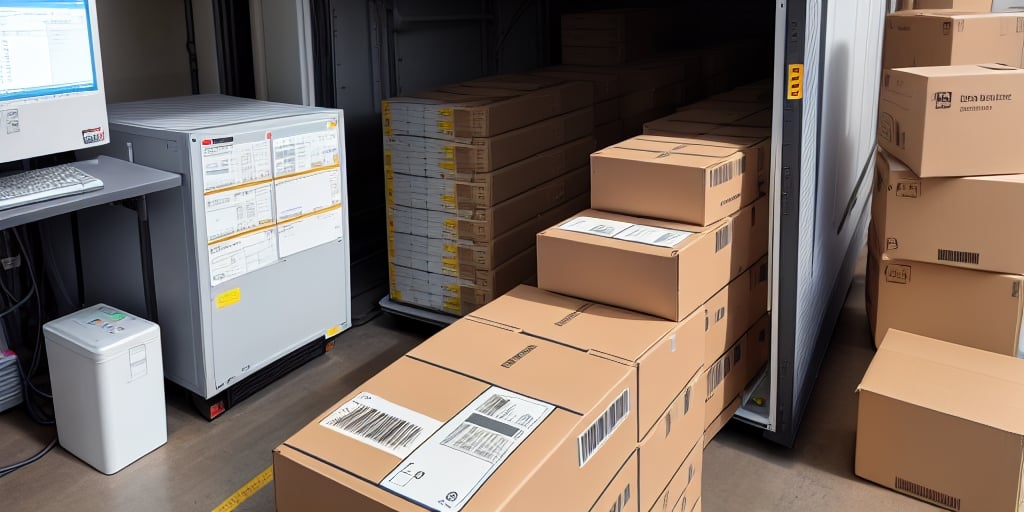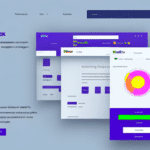Understanding the Zeba 452 CTP
The Zeba 452 CTP (Computer-to-Plate) is a high-precision digital imaging system designed to transfer digital artwork directly onto printing plates. This technology is essential in the modern printing industry, offering superior accuracy and efficiency compared to traditional analog methods. By using ultraviolet (UV) light exposure through a digital mask, the Zeba 452 CTP ensures that the final print closely replicates the original digital design.
One of the significant advantages of the Zeba 452 CTP is its ability to handle multiple colors using a single plate. This capability drastically reduces the time and costs associated with producing high-quality prints. Additionally, the machine’s advanced calibration features allow for consistent and accurate print results, making it a preferred choice for businesses aiming to maintain stringent quality standards.
For more detailed specifications and features, refer to the Zebra Technologies Official Site.
Importance of Calibration in FedEx Ship Manager
Calibration is a critical component of quality control in the printing industry. For users of FedEx Ship Manager, ensuring that the Zeba 452 CTP machine is properly calibrated guarantees that the final prints accurately reflect the original digital artwork. Without regular calibration, prints may suffer from blurriness, distortion, or color inconsistencies, which can lead to customer dissatisfaction and potential loss of business.
Proper calibration not only enhances print quality but also optimizes resource usage. According to industry reports, calibrated CTP machines can reduce ink consumption by up to 15%, leading to significant cost savings over time. Moreover, accurate calibration minimizes paper wastage, contributing to a more sustainable printing process.
Refer to the SGI Print Quality Control Guidelines for comprehensive insights into the impact of calibration on print quality and operational efficiency.
Calibrating Your Zeba 452 CTP: Step-by-Step Guide
Required Materials
- Zeba 452 CTP machine
- Computer with the latest calibration software installed
- Compatible printing plates
- UV light source
- Light meter (optional for enhanced accuracy)
Ensuring you have the right materials is essential for a successful calibration process. A clean and dust-free environment is also recommended to prevent contamination of the printing plates.
Resetting Your Zeba 452 CTP Before Calibration
- Turn off the Zeba 452 CTP machine and unplug it from the power source.
- Wait for 10-15 seconds to ensure the machine fully resets.
- Plug the machine back in and turn it on.
- Allow the machine to warm up for at least 30 minutes to reach a stable operating temperature.
Resetting the machine before calibration helps in starting the process from a consistent and stable state, reducing the likelihood of errors.
Performing a Test Print
- Load a compatible printing plate into the Zeba 452 CTP machine.
- Open the calibration software on your computer and follow the on-screen prompts.
- Select the appropriate settings for your printing plate, including plate type and thickness.
- Adjust the exposure time and intensity based on the manufacturer's recommendations.
- Run a test print and inspect it for clarity, color accuracy, and any signs of distortion.
- Make necessary adjustments and repeat the test until the print matches the original artwork.
Performing a test print ensures that the calibration settings are correctly applied, resulting in high-quality final prints.
Tips and Tricks for Accurate Calibration
- Follow Manufacturer Guidelines: Always adhere to the calibration instructions provided by Zebra Technologies to ensure optimal performance.
- Use a Light Meter: Utilizing a light meter can help achieve more precise exposure settings, enhancing print quality.
- Regular Maintenance: Keep the CTP machine clean and inspect it regularly for any signs of wear or damage.
- Consistent Environment: Maintain a stable temperature and humidity level in the calibration area to prevent environmental factors from affecting the results.
- Backup Plates: Keep spare printing plates on hand to avoid delays in case of plate damage during calibration.
Implementing these tips can significantly improve the accuracy and efficiency of your calibration process, ensuring consistent high-quality prints.
Troubleshooting Common Calibration Issues
Despite careful calibration, you may encounter some common issues. Here are solutions to address them:
- Blurry or Distorted Prints: This issue is often caused by incorrect exposure settings. Recalibrate by adjusting the exposure time and intensity to achieve a sharper image.
- Color Shifts: Ensure that color settings are correctly configured and that the printing plate is compatible with the software settings. Using a light meter can also help maintain accurate color reproduction.
- Plate Damage: Scratches or other damages on the printing plate can lead to calibration errors. Replace any damaged plates promptly to maintain print quality.
- Uneven Ink Distribution: Adjust the machine’s pressure settings or the viscosity of the ink to achieve a more uniform ink spread across the plate.
- Software Compatibility Issues: Ensure that the calibration software is up to date and that all necessary drivers are installed. Restarting the computer or reinstalling the software can resolve persistent issues.
Addressing these issues promptly can prevent further complications and maintain the integrity of your printing process.
Benefits of Proper Calibration
Properly calibrating your Zeba 452 CTP for FedEx Ship Manager offers numerous advantages, including:
- Enhanced Print Quality: Accurate calibration ensures that prints closely match the original digital artwork, resulting in high-quality outputs.
- Cost Efficiency: Reducing ink and paper wastage lowers operational costs and increases overall profitability.
- Customer Satisfaction: Delivering consistent and high-quality prints builds trust and encourages repeat business.
- Operational Efficiency: Well-calibrated machines operate more smoothly, leading to faster turnaround times and increased productivity.
- Environmental Sustainability: Minimizing waste contributes to a more sustainable and eco-friendly printing process.
Investing time in proper calibration not only improves the quality of your prints but also enhances the efficiency and sustainability of your printing operations.
Conclusion
Calibrating your Zeba 452 CTP is a vital step in maintaining high standards in your printing process. By following the comprehensive guide outlined above and implementing best practices, you can ensure that your machine operates at peak performance. This leads to superior print quality, cost savings, and increased customer satisfaction, ultimately contributing to the success and reputation of your printing business.















